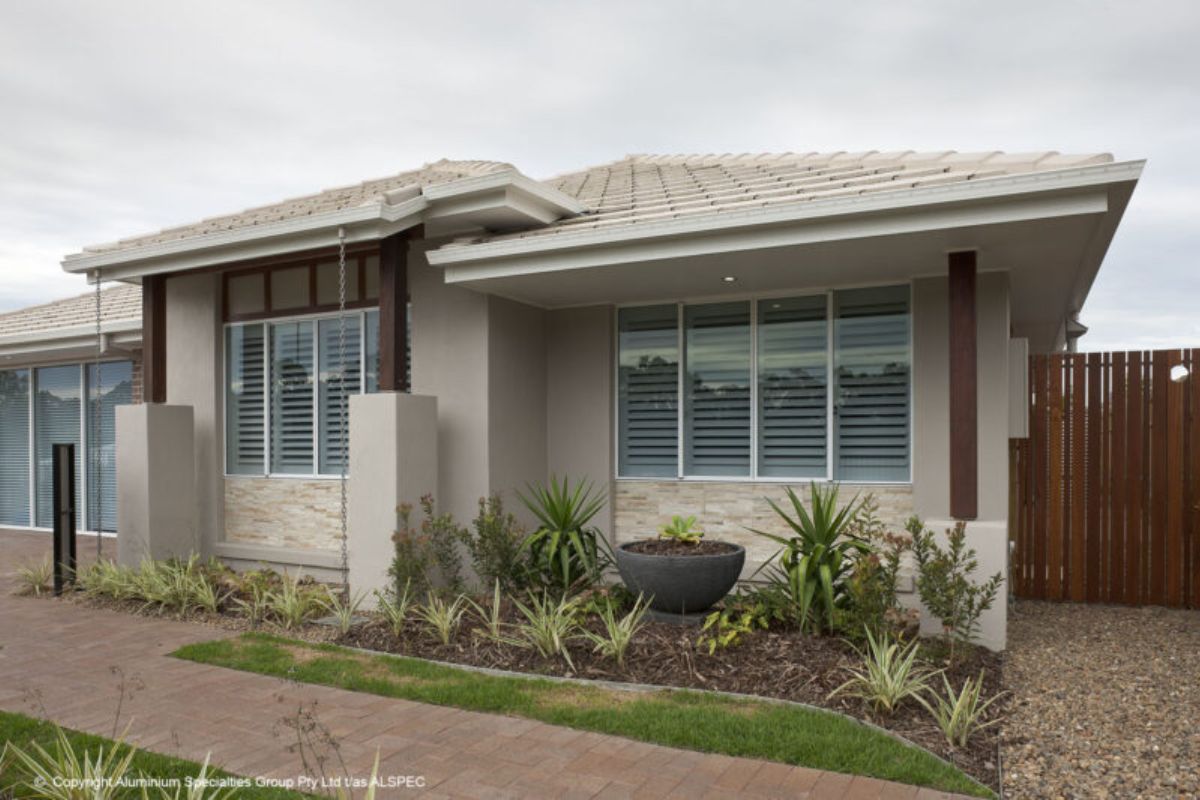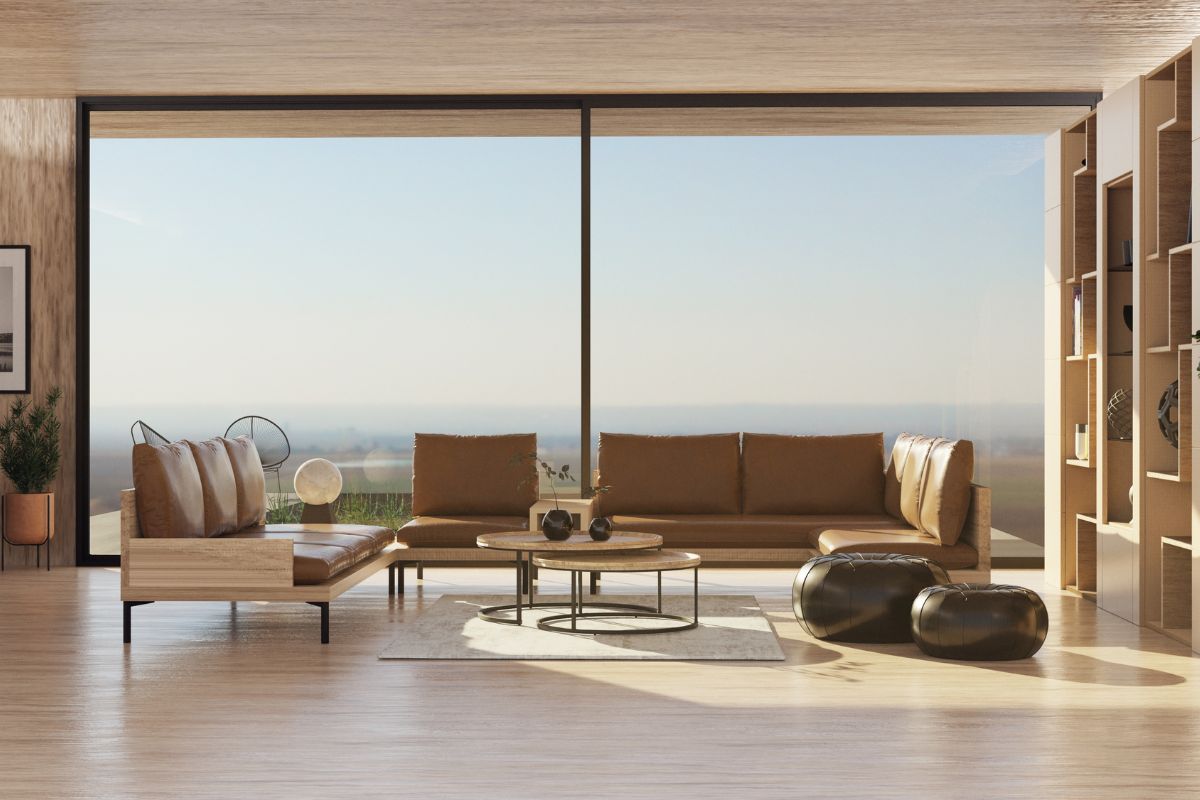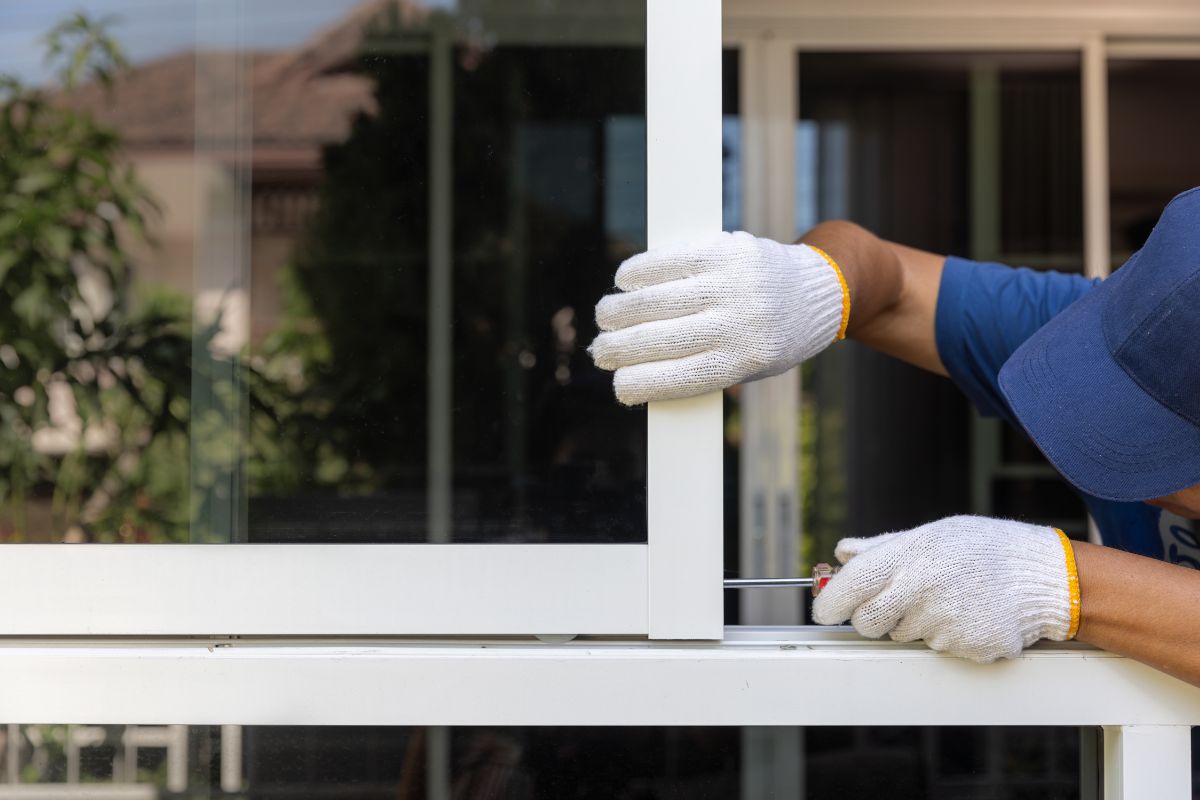
Aluminium Windows vs uPVC
Choosing the right window frames isn’t just about aesthetics. It’s about how your home physically feels year‑round, how much maintenance you’ll be doing in five years’ time, and even how much you’ll be paying in energy bills. Two of the most popular options on the Australian market are uPVC and aluminium. However, when you look at the realities of living in Australia, with our hot summers and blazing UV, the argument for aluminium windows vs uPVC becomes one-sided.
What is uPVC?
uPVC windows (unplasticised polyvinyl chloride windows) are a rigid, non‑flexible type of plastic that’s often reinforced with steel and used in window frames. It’s been popular in Europe for decades, typically in cooler regions thanks to its natural insulating properties.
What are Aluminium Window Frames?
Aluminium windows, on the other hand, use powder‑coated aluminium frames. Modern versions often come with thermally broken aluminium frames, which have an insulating barrier inside the frame to reduce heat transfer, keeping your house cooler during the summer and warmer during the winter. This can make them even better than uPVC windows. They’ve been a mainstay in Australian architecture for decades in both commercial and residential builds. You can also typically get these window frames in a large variety of colours.
Heat, Sun and the Australian Climate
Australia’s climate can be severely punishing on building materials. High UV levels cause many plastics to fade, chalk or become brittle over time. While high‑quality uPVC is UV‑stabilised, long‑term exposure in harsher conditions can still take its toll.
Aluminium windows offer exceptional UV stability. The finish doesn’t warp, crack or yellow in the sun. If it’s a thermally broken aluminium window, it can provide thermal performance on par and at times better than uPVC.
Durability and Strength
Aluminium frames are highly durable and can handle larger glass panels without needing chunky supports. That means slimmer frames, more natural light and bigger views, perfect for contemporary designs.
uPVC frames, while sturdy, can’t match aluminium’s structural strength. Large double‑glazed uPVC windows often require thicker frames or extra reinforcement, which can compromise the slim, modern look many homeowners want.
If you’re in a cyclonic region or prone to heavy storms, aluminium’s strength and resistance to flexing under pressure is a major advantage.
You’re also unable to drill into uPVC in any way without compromising the integrity of the frame and voiding your warranty.
Whereas with aluminium, it’s not a problem to drill screws through the frame, to install things such as security screens. This is an advantage of aluminium.
Energy Efficiency and Thermal Performance
uPVC gained its reputation from its energy efficiency and thermal performance. The material itself has low thermal conductivity, so it resists heat transfer. Paired with double glazing, uPVC windows can achieve excellent u‑values and keep heating and cooling costs down.
It is worth noting that aluminium has caught up. Modern thermally broken aluminium windows use an insulated barrier inside the frame to reduce heat transfer. Combine that with double glazed windows, and you get superior energy efficiency without sacrificing frame strength or style.
The main difference between the two is that aluminium offers thermal benefits while still providing structural advantages and slimmer sightlines that uPVC struggles to match.
Maintenance and Lifespan
Both materials are low-maintenance compared to timber windows.
uPVC frames just need an occasional wash, but they can show scuffs more easily, and once faded, it can be difficult to make them look new again.
Aluminium frames require only occasional cleaning to keep them looking sharp. Powder‑coated finishes are tough, and if you ever want a colour change down the track, aluminium can be repainted or refinished.
Over decades, aluminium’s weather resistance gives it a longer, more predictable lifespan.

Aesthetic Flexibility
Aluminium windows will almost always look better than uPVC. It offers thinner frames, larger glass panels, and a huge range of colour and finish options, from modern matte blacks to classic white, anodised metallics, and even timber‑look finishes. This makes it ideal for various architectural styles.
uPVC is more limited in colour choice, and while wood‑grain foils exist, they can peel or fade over time in our climate.
Cost and Long‑term Value
At first glance, uPVC frames can be a more cost‑effective solution, especially for smaller windows in mild climates. However, when you factor in long‑term costs such as maintenance, potential repairs or replacement, aluminium often comes out ahead.
It’s also worth considering the value‑add of aluminium’s aesthetics and flexibility. Slim frames, larger openings and the ability to colour‑match with other architectural elements can boost your home’s appeal and resale value.
Noise Reduction
Both aluminium and uPVC can deliver good sound insulation, particularly when paired with double-glazed windows. Here, the glazing type and frame sealing matter more than the frame material itself. Thermally broken aluminium and high‑quality uPVC can both achieve excellent acoustic performance.

Where Each Shines
Choose uPVC if:
- You’re in a cooler climate with lower UV exposure
- You want excellent insulation at a lower initial cost
- You’re not seeking very large window spans
Choose Aluminium if:
- You live in a high UV or hot environment
- You want slim frames and larger glass panels
- You’re after maximum durability with minimal upkeep
- You value broad colour and finish options
Aluminium Windows vs uPVC Windows in Australia
If you were to build in Northern Europe (Scandinavia), uPVC may be the better option. But for Australian conditions, aluminium frames offer the best balance of strength, durability, energy efficiency and style.
They’re purpose‑built for our climate, they look good for decades, and with modern glazing technology, they can rival or exceed uPVC’s thermal performance. It’s the reason architects, builders and homeowners across Perth and regional WA continue to choose aluminium over other frame materials.
Thinking of Upgrading?
At Custom Windows, we supply custom‑made aluminium windows right here in Perth that meet Australian standards, with a massive range of different types of aluminium windows and a huge range of colours and finishes. Whether renovating, replacing old frames, or designing a new build, we can help you choose the right style for your home and location.
Arrange your free consultation with Custom Windows today by calling (08) 9279 7444, emailing sales@customscreens.com.au, or submitting an online contact enquiry!
